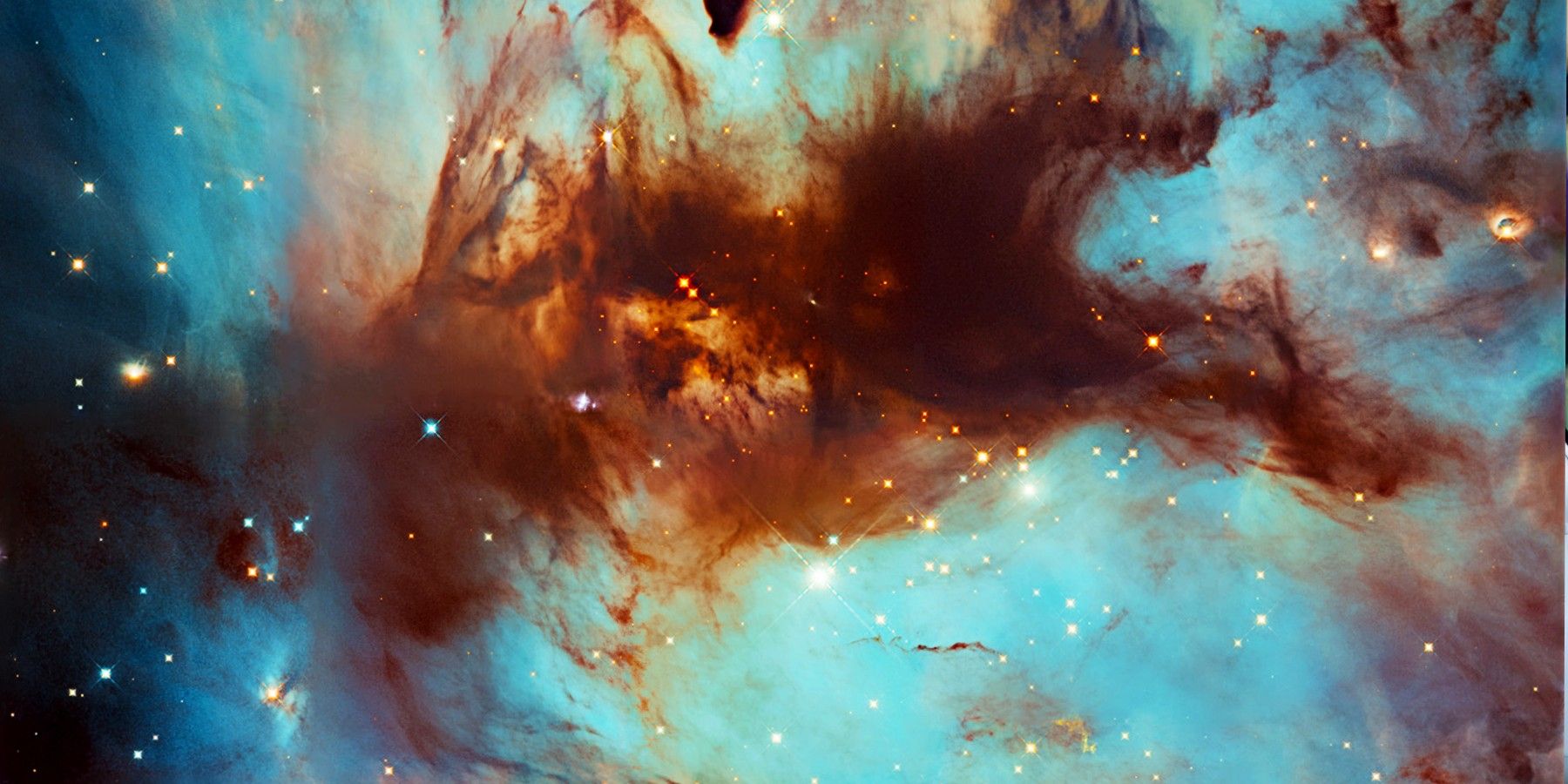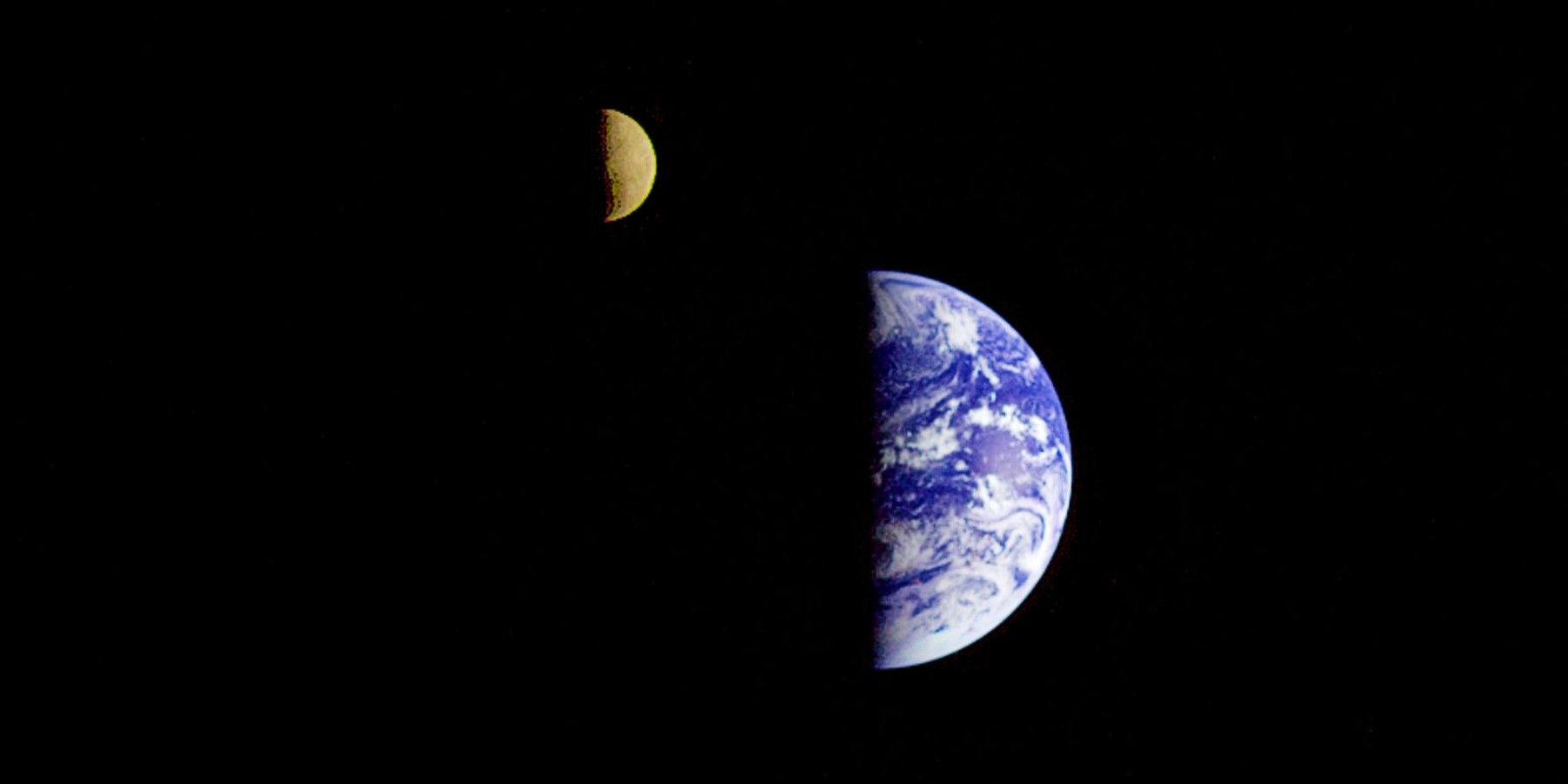NASA wants nuclear power plants on the Moon and Mars and called for the private sector to build them. But is it a good idea to bring uranium into the new space race? The NASA Artemis international mission is set to put humans back on the Moon with a base on the south pole. Space mining, space domination, and space weaponization are the dark side of the industry and may, unfortunately, be inevitable.
If humanity is serious about space exploration, setting up colonies on distant planets, and traveling without refueling, a quantum jump is needed in energy technology. Energy used in space today is either expensive and dirty rocket fuel or somewhat fragile solar panels that spacecraft with low voltage. As space industrializes and missions set new targets, wanting to go where no one has gone before, the energy demands must lead to innovation.
NASA and the US Department of Energy released a call for contractors to design, build, launch, and land a nuclear fission plant for the Moon and Mars. The plant would use enriched uranium. The original idea of using nuclear fission began in NASA in 2006. But the idea changed from very small nuclear plants producing 10 kilowatts to nuclear plants that produce a minimum of 40 kilowatts and can scale up.
A Blank Check And New Moons And Worlds To Power
The call for the new NASA contract has no official budget cap. As space companies and contracts continue to increase, enterprises will most likely dig into these opportunities like sharks in a feeding frenzy. The privatization of space has raised a few eyebrows who quote the Blue Origin-SpaceX-NASA Lunar lander contract lawsuit as an example of how things can go wrong. Even more concerning is how China and Russia will look at this new project. If the US develops nuclear uranium enriched power plants in the Moon, other countries will most certainly follow.
Experts argue that the best source of energy in the Moon is Helium-3. Helium-3 and new fusion technology is not only clean and does not create toxic waste but has a superior energy generation capacity. Even new solar technology could do a better job overall. The Artemis base in the Moon’s south pole is the beacon for international space cooperation, a multi-country project. Powering this NASA beacon with non-renewable nuclear fission is a contradiction and certainly not the best nor safest energy option for the future of space exploration.
Source: US Department of Energy


